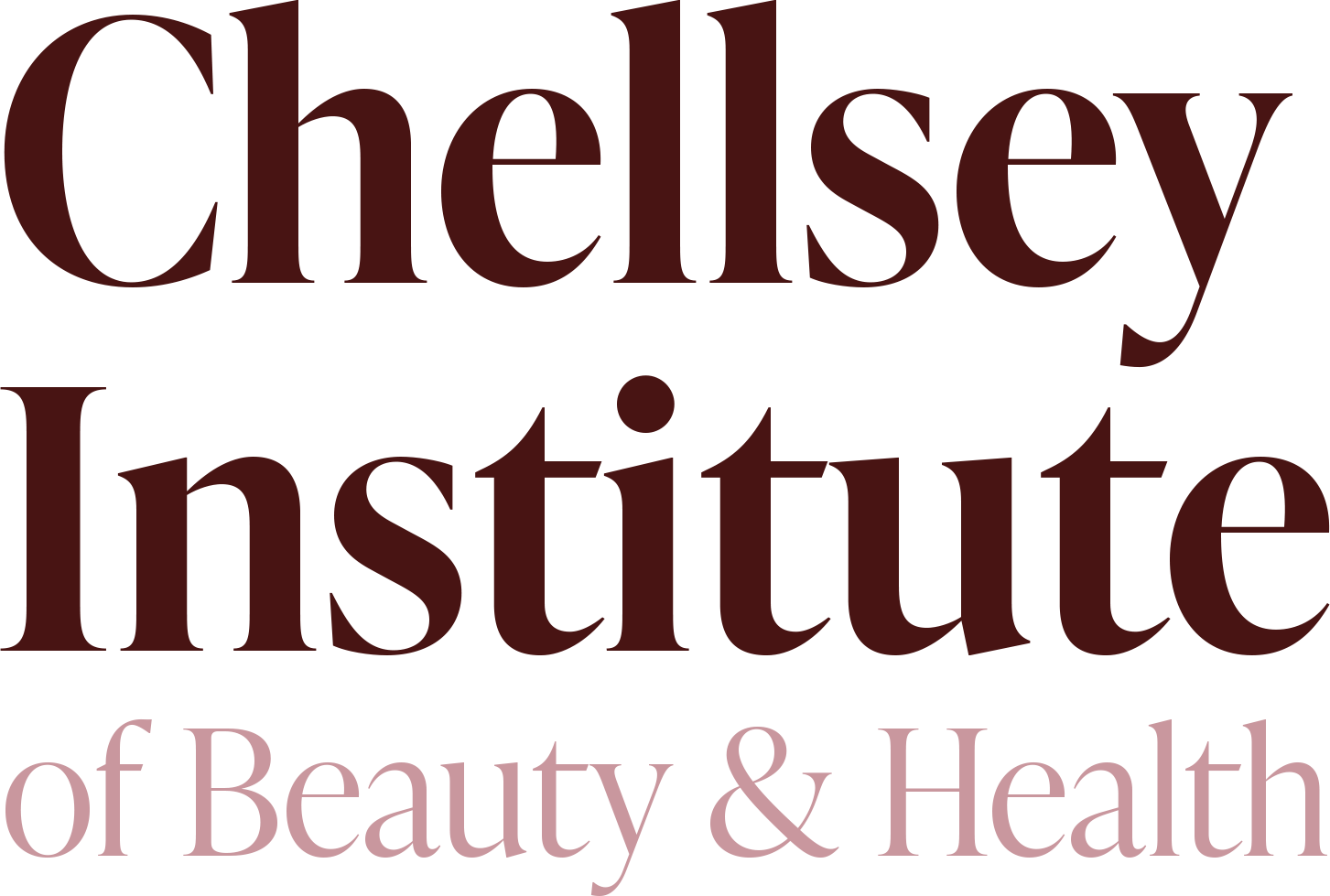Botulinum Toxin vs. Dermal Fillers: What’s the difference?
Botulinum toxin and dermal fillers are two of the most in-demand aesthetic treatments—but they work in very different ways. Whether you're interested in the services or planning to train as an injector, understanding the difference is key.
🧠 What is Botulinum Toxin?
Botulinum toxin is a purified protein that temporarily relaxes facial muscles. It's best known for smoothing out expression lines, such as:
● Forehead wrinkles
● Frown lines (between the brows)
● Crow’s feet (around the eyes)
By blocking the nerve signals that cause muscle contractions, botulinum toxin softens wrinkles formed by facial movement. Results typically last 3 to 4 months, offering a refreshed and natural look.
💉 What are Dermal Fillers?
Dermal fillers are injectable treatments that restore volume beneath the skin. Most are made with hyaluronic acid, a naturally occurring substance that keeps skin hydrated and plump.
Fillers are used to:
● Plump lips
● Smooth smile lines and nasolabial folds
● Restore fullness in cheeks or under eyes
● Define the jawline and other facial features
They’re ideal for treating static wrinkles—those visible even when the face is still—and for correcting volume loss due to aging. Results can last from 6 to 18 months depending on the product and area treated.
💡 Can they be combined?
Yes! Many clients choose to combine both treatments. Botulinum toxin targets the upper face by relaxing muscles, while fillers restore volume and contour to the lower face—creating a smoother, more youthful appearance.
🎓 Train in cosmetic injectables
At Chellsey Institute, we offer hands-on training in botulinum toxin and dermal fillers for licensed medical professionals. Learn proper injection techniques, facial anatomy, and patient care from expert instructors in a real-world setting.
Take the next step in your aesthetics career with Chellsey Institute. Contact us today to learn more or apply to our next Cosmetic Injectables course.

